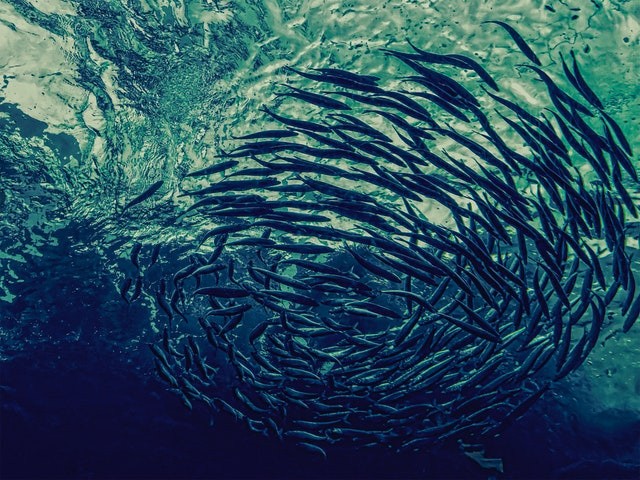New research exposes the incredible extent of underwater sound communication, which began 155 million years ago with sturgeon. It turns out that the primordial deep is a highly talkative area.
In a new study published in the journal Ichthyology & Herpetology, Cornell University researchers show that fish rely on auditory communication significantly more than previously realized.
Aristotle's Discussion
In his History of Animals, Aristotle discusses the "noises and squeaks" that fish make, sometimes by grinding their bones against each other in a mechanism known as stridulation.
Yet, for decades, a lack of sufficient underwater microphones and recording equipment has kept scientists in the dark about how many fish species produce noises, and if those noises are simply the rumblings of silent creatures or are genuinely communicating.
Fish Noises

Researchers have discovered that noises represent "a large means of communication among fish, rather than simply a few oddballs," according to lead author Aaron Rice, a researcher at the Cornell Lab of Ornithology's K Lisa Yang Center for Conservation Bioacoustics.
Not only is acoustic communication common among fish, but Rice and his colleagues' analysis of sound-producing physical characteristics (such as certain swim bladder musculature) across species suggests that ancient sturgeons began chatting aloud 155 million years ago, around the same time that some tetrapods, such as birds and mammals, began speaking up.
Furthermore, the study discovered that auditory communication between various fish species had developed at least 33 times independently, owing to the variety of their environments.
This trend implies more soniferous fish species and groups out there that have yet to be discovered. It emphasizes the importance of auditory communication in vertebrate evolution.
Communication
What are the fish discussing? It appears that sex and eating are the main topics of discussion. "In reproductive circumstances, we witness more sophisticated sounds being created," Rice explains.
The way these noises sound to people varies greatly; therefore, scientists employ onomatopoeic adjectives like "boops," "honks," and "hoots" to describe what they're hearing.
Some fish, such as the three-spined toadfish, make croaking frog-like sounds, while others, such as the midshipman fish, make deep, eerie foghorn-like hums.
Prior study on the noises made by extremely talkative codfish discovered that the fish could have regional dialects that are difficult to comprehend by other members of their species.
Fish Behavior

Researchers can better evaluate the consequences of noise pollution on various aquatic species by understanding how fish interact via sound.
Noise pollution, according to researchers, is as damaging as overfishing, water pollution, and the climate crisis, hurting marine animals and at least 21 kinds of fish that rely on hearing to survive. According to Cornell's research, noise pollution poses even greater harm
"If you have millions of individual fish who rely on communication sounds for the survival of their populations, changing their acoustic environment might have serious effects," Rice adds.
Rice thinks that by recording and cataloging fish noises on the internet, the public will better understand these sometimes enigmatic species.
Jumping on a computer and listening to the sounds of the sea might be a technique to get people interested in and worried about fish's welfare in the same way that we are with more recognizable and charismatic species like birds.
Andrew Bass, a behavioral and evolutionary neuroscientist and study co-author expects that the findings will help humans understand the complexity of other animal communities in general.
For more animal news, don't forget to follow Nature World News!
© 2025 NatureWorldNews.com All rights reserved. Do not reproduce without permission.





